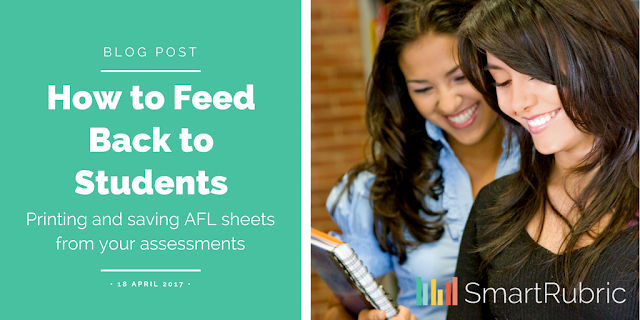How to increase the impact of your marking this exam prep season

Don't despair. If you teach KS4 and KS5, you are probably in the midst of some pretty serious exam preparation. For many of you, that means practice papers. Lots of them. And if you happen to teach a subject like English, that means a lot of extended essay questions to mark. So, you know, prepare to spend your evenings and weekends marking. After all, you want your students to do well, don't you? Well, yes, of course. But there's a tool that can help speed up the marking process and improve the consistency and usefulness of your feedback to students. I give you... the humble rubric . You can either print these out and use them as a pro-forma (good), or you can sign up for a free trial of SmartRubric and use an interactive rubric to mark to pesky mocks (better). First, I'll explain what a rubric is, how to make them, and how to use them effectively. Then, I'll give you three really good reasons why you should be using them for all of your open-ended asse




